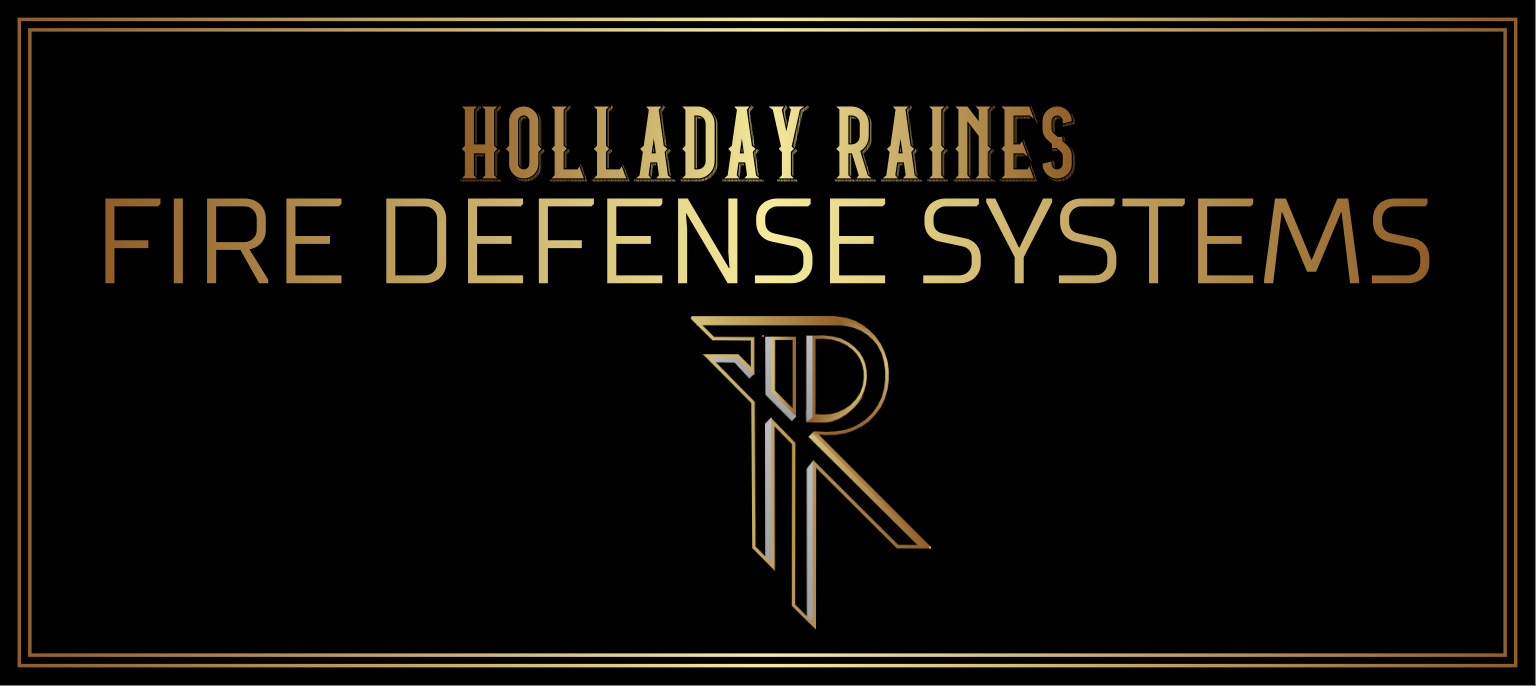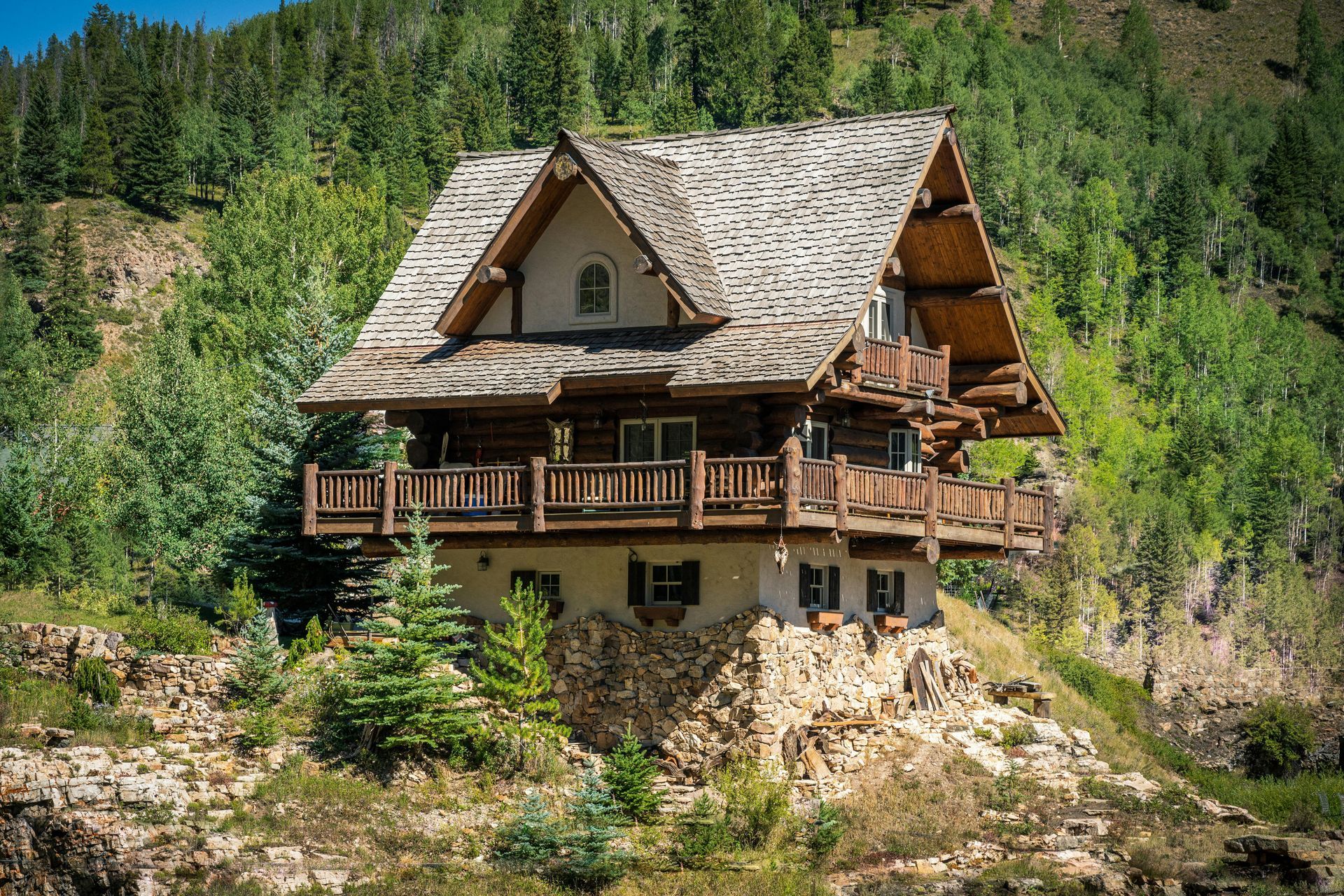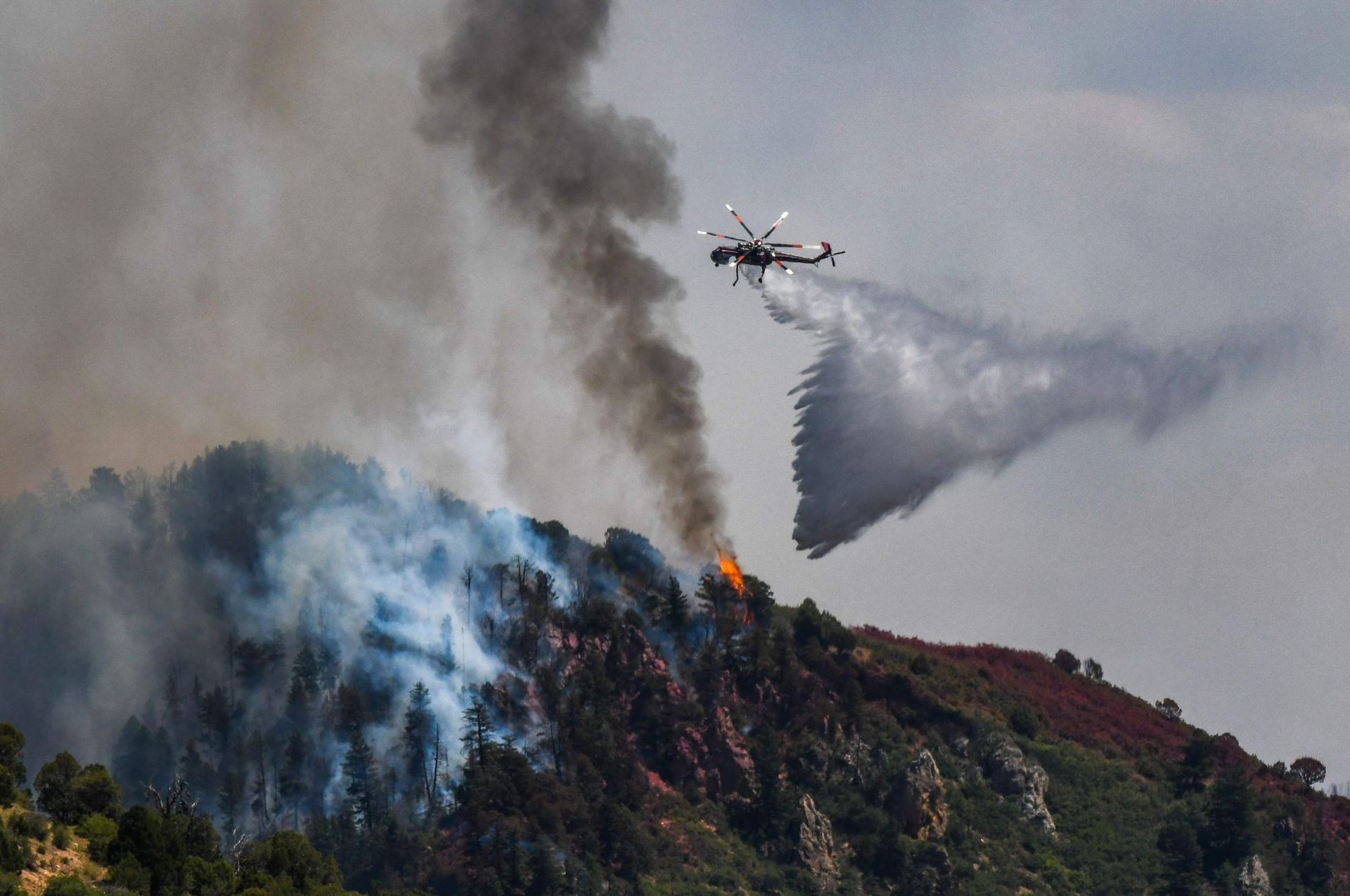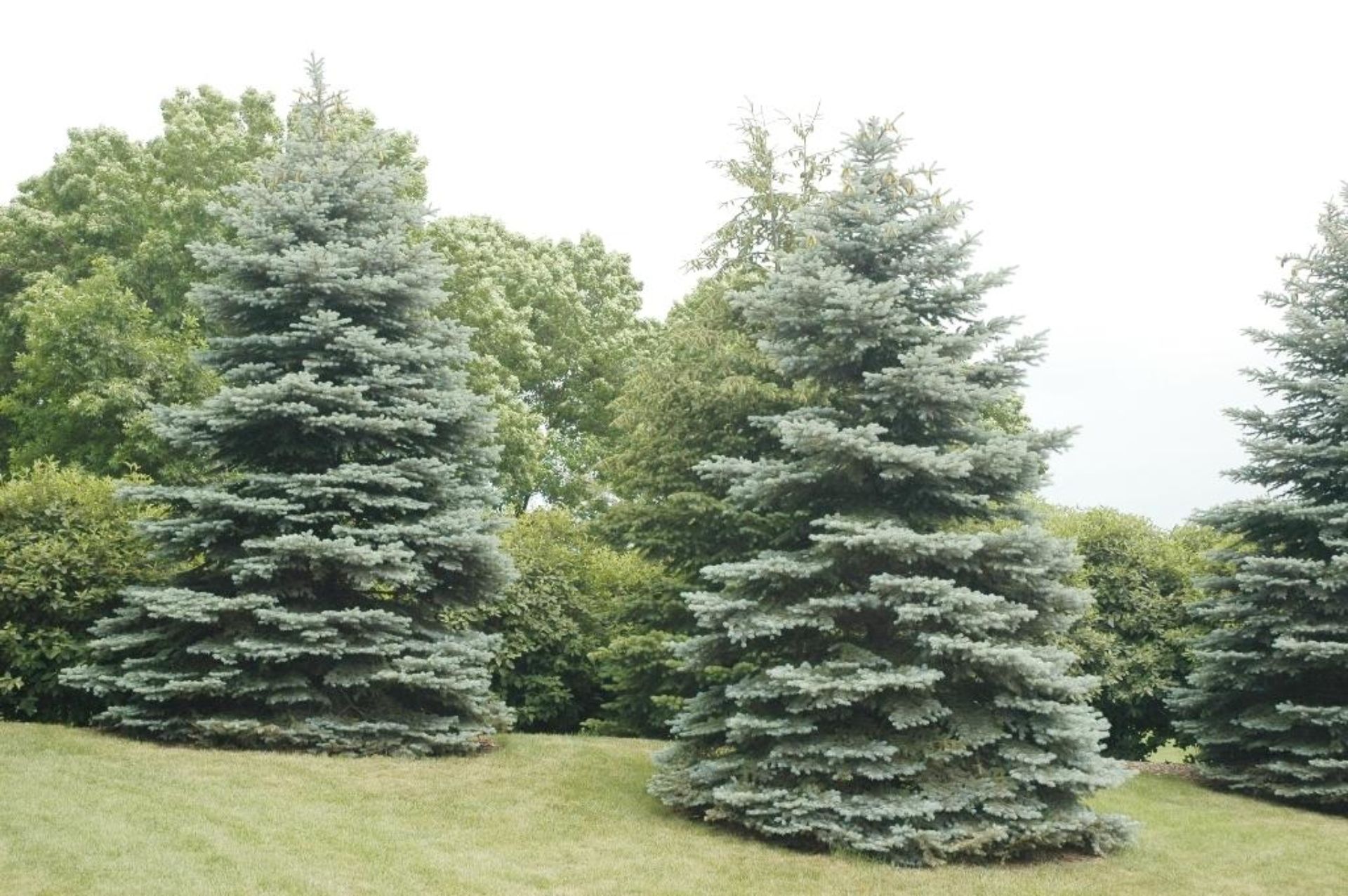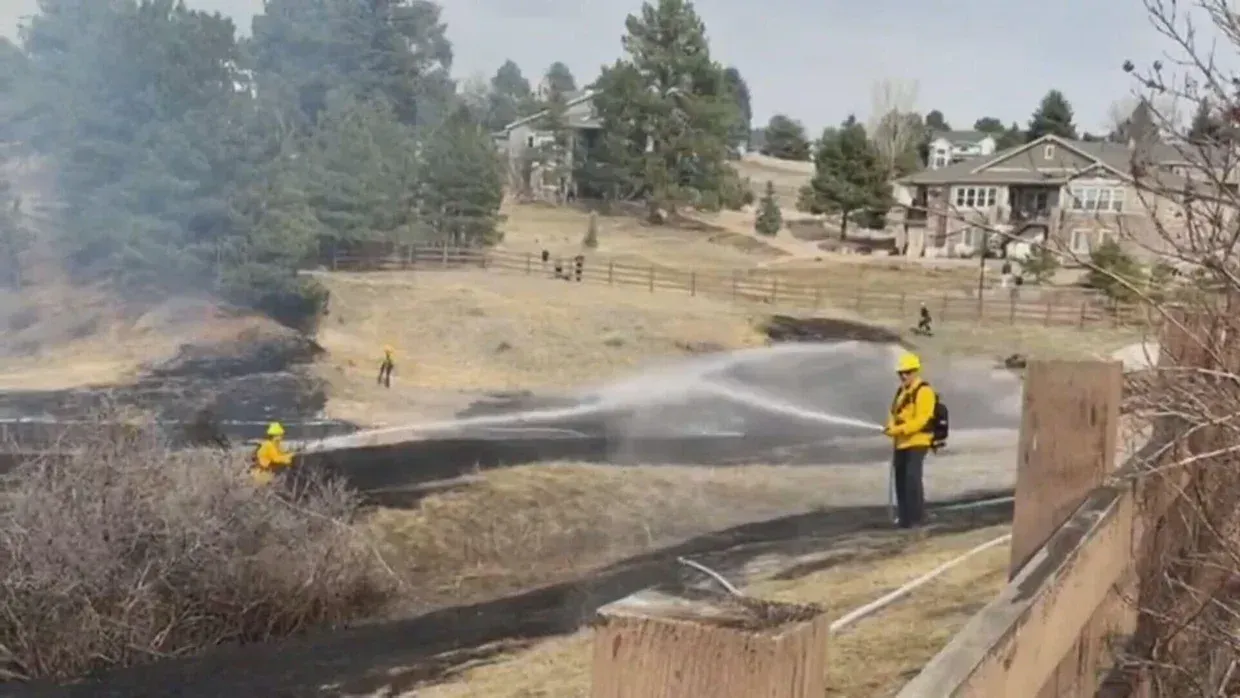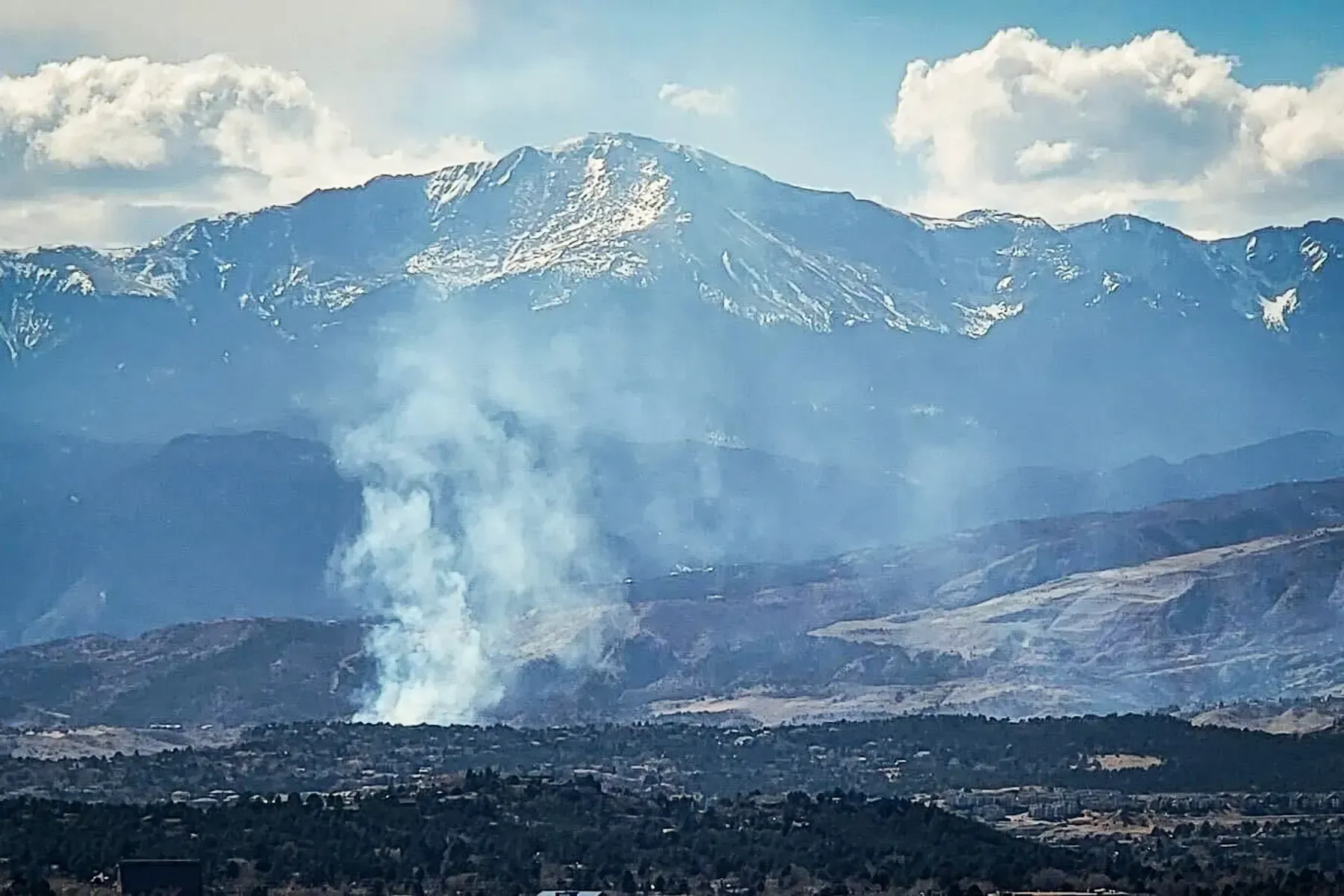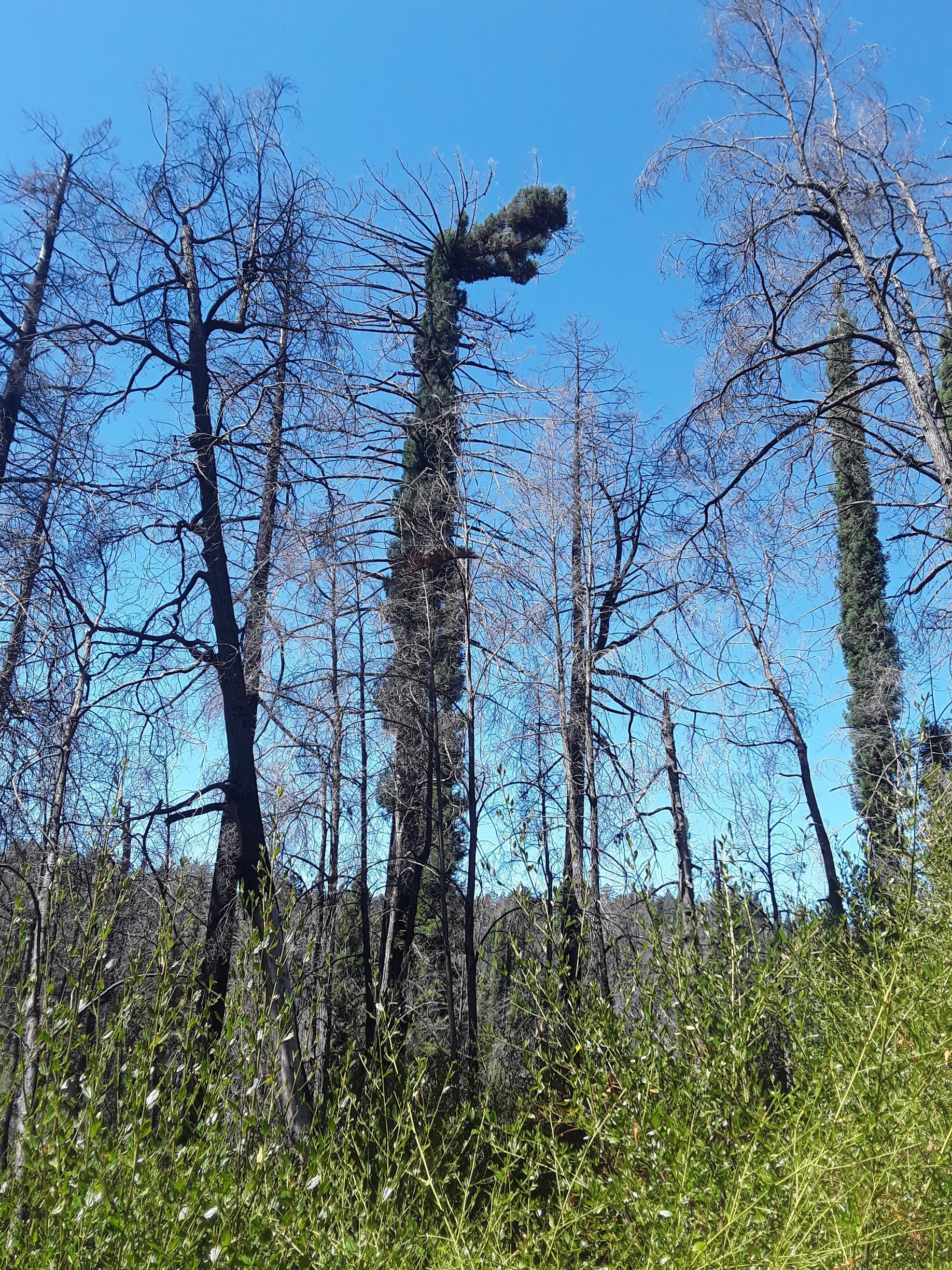Colorado Forestry Budget Cuts 2025
The Impact on Wildland Fire Mitigation and Forestry in Colorado
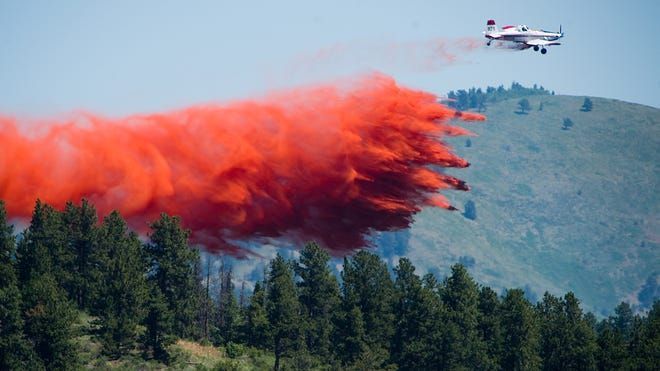
Legislative Budget Cuts in 2025
In 2025, Colorado homeowners are facing an increasingly dire situation as legislative budget cuts begin to take a toll on the state’s wildland fire mitigation efforts and the forestry department. Known for its picturesque landscapes and abundant forests, Colorado is no stranger to the destructive power of wildfires. In recent years, fire seasons have become longer, hotter, and more frequent, leaving communities vulnerable to the devastating effects of these natural disasters. With the state’s forests acting as both a natural resource and a buffer against wildfires, the budget cuts raise serious concerns about public safety, property protection, and environmental health.
Understanding the Budget Cuts
The Colorado state legislature recently passed a budget for 2025 that included cuts to vital departments, including the Colorado State Forest Service (CSFS) and wildfire mitigation programs. While these decisions were made as part of broader efforts to manage the state’s finances, they come at a critical time. These cuts reduce funding for fire mitigation projects such as prescribed burns, forest thinning, and defensible space education programs for homeowners, all of which are crucial in reducing the risk of wildfires.
At a time when the state is still recovering from some of the most destructive fires in history, including the Marshall Fire in 2021, the cuts create a troubling precedent for how fire-prone communities will prepare for the future.
What Do These Cuts Mean for Colorado’s Forests?
Colorado is home to millions of acres of forest land, much of it in the foothills and mountains where many communities are located. These forests are not only essential for wildlife, recreation, and the state’s economy, but they also play a pivotal role in maintaining healthy ecosystems. However, many of these forests are overgrown and densely packed, creating the perfect conditions for wildfires to spread rapidly.
Wildland fire mitigation efforts are designed to manage these forests, making them more resilient to fire. This includes controlled burns, tree thinning, and removing dead or decaying vegetation that acts as fuel for fires. Without sufficient funding, these projects could stall or even come to a halt, making it easier for wildfires to ignite and spread uncontrollably.
How Will Homeowners Be Affected?
For homeowners in Colorado, especially those living in the wildland-urban interface (WUI)—the areas where human habitation meets forested land—these cuts pose a significant risk. Without proper wildfire mitigation strategies in place, the likelihood of homes being destroyed by wildfires increases. The absence of critical mitigation efforts leaves properties more vulnerable to destruction, with the potential for loss of life, livelihood, and the environment.
- Increased Fire Risk: Reduced funding means fewer fire mitigation projects to reduce the fuels in nearby forests. Forest thinning and controlled burns, which help reduce wildfire intensity, may be delayed or canceled. This increases the risk of a fire starting and quickly spreading, especially in dry conditions during peak fire season.
- Limited Fire Education: Fire prevention education programs that teach homeowners how to create defensible spaces around their homes, and the importance of fire-resistant materials, could be scaled back or eliminated. This leaves residents without the knowledge they need to protect their properties.
- Insurance and Property Value Impacts: As the fire risk rises, homeowners in fire-prone areas may find that their insurance premiums increase or that insurers are less willing to cover properties in these high-risk zones. Some areas may even face reduced property values as potential buyers shy away from homes in locations prone to wildfires.
- Emergency Response Strain: With fewer resources allocated to mitigation, emergency services could face additional strain during peak fire seasons. Wildfire response teams may be stretched thin, which could lead to slower response times, more property damage, and even loss of life.
Long-Term Consequences for the State
The long-term effects of these budget cuts will likely ripple throughout Colorado, affecting everything from tourism to water quality. Forests that are not managed effectively are more susceptible to disease, pest infestations, and wildfires. In addition, poorly managed forests are at a higher risk of erosion, which can degrade watersheds and affect the state’s water supply. The combination of these factors could lead to broader ecological and economic consequences that extend beyond individual homeowners.
What Can Homeowners Do?
Although the budget cuts limit state resources for wildfire mitigation, homeowners can still take action to reduce their wildfire risk. Here are some steps homeowners can take to protect their properties:
- Create Defensible Space: Homeowners should work with local fire professionals to create defensible space around their homes. This includes removing dead vegetation, trimming trees, and ensuring that there is a defensible barrier of space around structures to slow the spread of wildfires.
- Use Fire-Resistant Materials: Building or retrofitting homes with fire-resistant materials, such as fire-resistant roofing and siding, can significantly reduce the risk of a home catching fire during a wildfire.
- Stay Informed: Keeping up-to-date on fire alerts and warnings from local authorities is crucial. Homeowners should have an emergency plan in place and be prepared to evacuate if necessary.
- Advocate for Change: Homeowners can advocate for increased funding for wildfire mitigation programs, either through contacting state legislators or participating in local town hall meetings. Supporting local fire departments and community mitigation initiatives can also help bolster preparedness efforts.
Conclusion
The 2025 legislative budget cuts to the Colorado forestry department and wildfire mitigation programs represent a serious concern for homeowners, particularly those in the wildland-urban interface. The reduction in funding could lead to increased fire risk, lower property values, and a more difficult recovery process in the wake of future wildfires. As wildfire seasons continue to grow longer and more intense, it is imperative that Colorado invests in the preservation of its forests and the safety of its residents. Homeowners, too, must take proactive steps to protect their homes while advocating for broader, state-level solutions that prioritize fire mitigation and preparedness. Only by working together can Colorado hope to confront the growing threat of wildfires in the years ahead.
